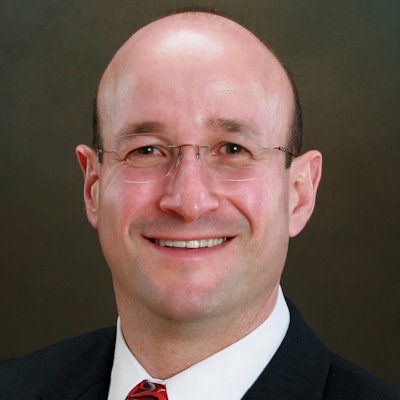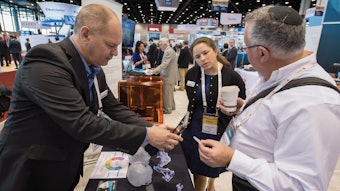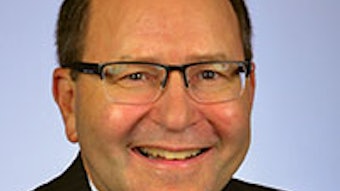Building on success
Every year, I look forward to this issue of the Bulletin for the annual report. This comprehensive review of the current state of our American Academy of Otolaryngology—Head and Neck Surgery (AAO-HNS) and Foundation identifies meaningful accomplishments resulting from the dedication and commitment of our membership and staff.
 Gavin Setzen, MD
Gavin Setzen, MD
AAO-HNS/F Past President
The Academy is committed to optimizing member value and delivering consistently high-level programming at every opportunity. Every initiative is undertaken with the Academy’s mission, vision, and strategic plan in mind. This often requires aspirational, fiscal, and organizational review with course corrections and adjustments to ensure flexible but disciplined processes that result in measurable deliverables and meaningful outcomes for our members and the public.
Although we accomplished a lot during the past year, there are many challenges ahead. With these challenges come enormous opportunities requiring specialty unity and greater member participation.
In early December, members of the Boards of Directors (BOD) and other selected stakeholders successfully concluded a two-day Strategic Planning Meeting at the Academy headquarters in Alexandria, VA. Suffice it to say, introspection, reassessment, and realignment of the vision and strategic plan to contemporaneously address current and future changes in our field were achieved. A final document will provide our organization a strategic roadmap for the next three to five years. Pursuing this course will enable our members to achieve excellence in delivering the best ear, nose, and throat care through professional and public education, research, health policy, and advocacy, consistent with our mission.
One of the key strategies moving forward is enhanced specialty unity. While our sister societies are strong and provide excellent education and resources for our subspecialty members, we must do more than pay lip service to the concept of specialty unity by standing together to achieve our common goals.
We will continue to refine opportunities for continuous learning with burgeoning opportunities like AcademyU® and the evolution of the Comprehensive Curriculum and OTOSource. These provide comprehensive education resources to residents in training and practicing otolaryngologists across all settings and at all stages of their careers, in the United States and globally. Herein lies another opportunity to reinforce specialty unity and optimize science and education.
The committee application process is nearing completion, and this will garner support from almost 1,500 members participating in more than 70 committees. In addition, the Call for Science and Education for the AAO-HNSF 2018 Annual Meeting & OTO Experience in Atlanta, GA, has been made. In response to member feedback, you will notice changes that address streamlining of the scientific session application process, expert series, and panel presentations. In addition, the Foundation has committed to increase the presence of a diverse population of presenters in all aspects of Foundation activities, calling for enhanced diversity with respect to presentations and panelists, beginning in Atlanta.
In the year ahead, we will build on these successes as the Physician Wellness and Future of Otolaryngology Task Forces activities progress. Finding ways to make the practice of otolaryngology less complex and more joyful and rewarding remain priorities. We recognize the importance of addressing changing education and training needs by looking at future training models and the roles of simulation, gamification, virtual reality, and artificial intelligence. Workforce issues and incorporation of Advanced Practice Providers (APPs) will be further developed. Deliberations with health policy makers, insurers, and other key stakeholders will continue on a variety of regulatory and socioeconomic issues, including lessening encumbrance related to electronic health records. The Reg-entSM clinical data registry will become a more powerful tool in your practice as the number of clinical measures rapidly increase, allowing for more meaningful CMS MIPS and Quality Reporting, FDA product surveillance, and even MOC and MOL. Discussions with the American Board of Otolaryngology will continue in refining a process for optimizing “continuous certification” and education while reducing physician burden.
I would like to recognize the insightful leadership, commitment, and dedication of our younger otolaryngology community, specifically the Section for Residents and Fellows-in-Training (SRF), Peter M. Vila, MD, MSPH, past chair, and Young Physician Section (YPS), Jeffrey C. Liu, MD, past chair. These diverse groups—future Academy leadership and surgeon scientists—are two fundamental requirements for ongoing growth and innovation in otolaryngology … living our mission and vision.
Onward and forward to Atlanta, October 7-10, 2018!













